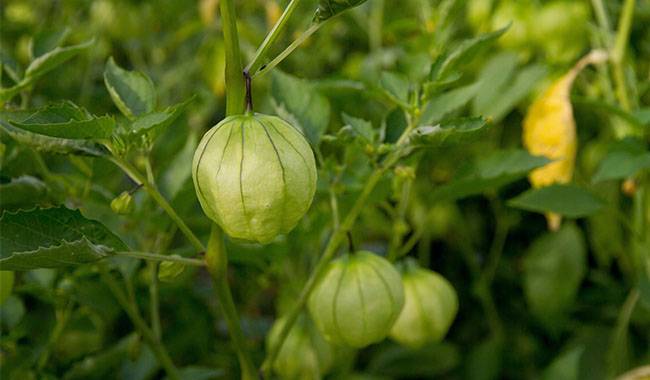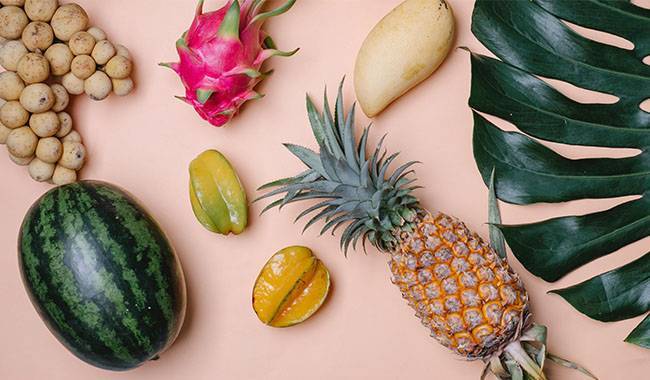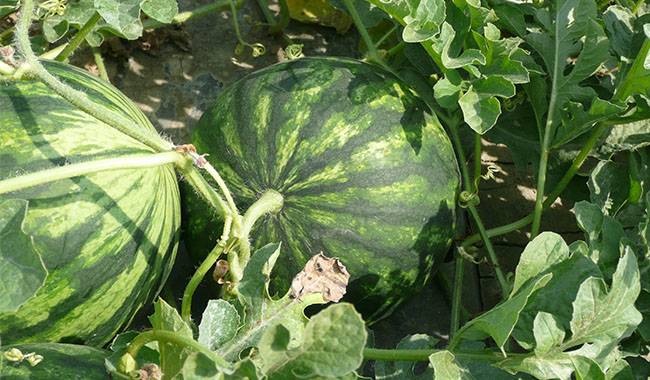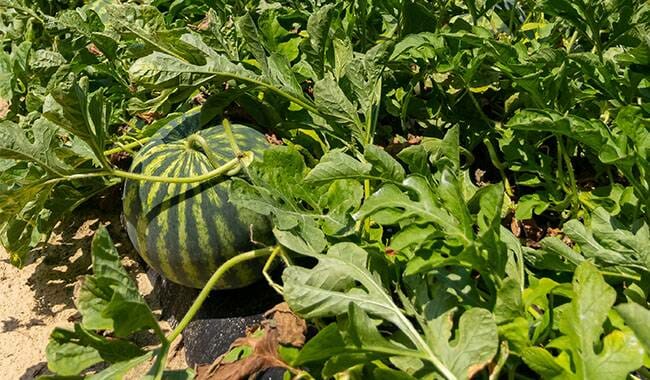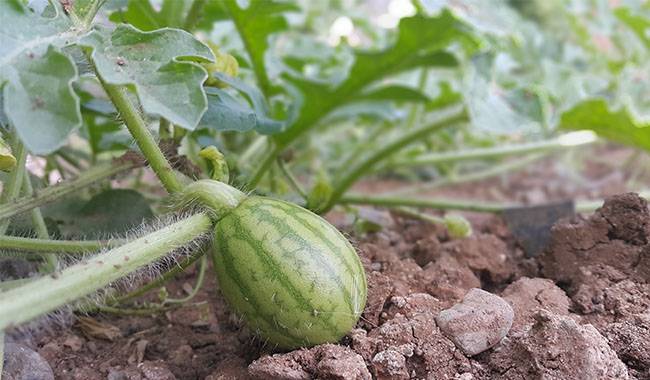
Watermelon and summer are inseparable. However, you will not find melons in every area. So how to plant watermelon? This article will answer everything.
All this because this African plant takes up a lot of space and therefore requires a lot of heat and sunlight as well as adequate watering.
But we still love watermelons so much that today not only southerners have learned to grow them, but also northerners have learned to grow exotic ones.
It turns out that you can find a way to grow this capricious plant and, if you wish, reap a bountiful harvest.
BOTANICAL DESCRIPTION OF WATERMELON
The watermelon or table watermelon (Citrúllus lanátus) belongs to the genus Pumpkin in the family Polygonaceae, with the same name watermelon. It is a melon crop that is grown in more than 130 countries worldwide. Worldwide, about 3.5 million hectares of watermelon are planted each year!
Watermelon has a shallow root system. Long, prostrate, branched stems (branchlets). Thick, triangular-ovate leaves with long petioles. Most watermelon varieties form hermaphroditic flowers that are pollinated by bees and bloom throughout the summer.
The fruit of the watermelon is a juicy, multi-seeded pumpkin with a smooth surface. In different varieties, it has different shapes: round, elongated, and cylindrical.
The color of the fruit also varies – it may be white, green, yellow with stripes or spots, almost black. Flesh colors are dark red, orange, red, pink-orange, pink, yellow, and white.
Seedless watermelons are becoming increasingly popular. These hybrids are not the result of genetic modification but are simply plants with three sets of chromosomes created by crossing a tetraploid (four sets of chromosomes) with a diploid parent (two sets of chromosomes).
Fact! The wild ancestor of the watermelon is the columbine, which grows in Africa. In its native range, it is a perennial plant with many round fruits that weigh no more than 250 grams. Some varieties are bitter, some are tasteless, some are poisonous, but there are also varieties that have a pleasing flavor although not as sweet as we are used to.
USEFUL PROPERTIES OF WATERMELON
A ripe watermelon is not only a delicious dessert but also natural medicine. It’s not high in calories, but its chemical composition is amazing!
Folic acid, iron, magnesium, calcium, phosphorus, sodium, easily digestible sugar, pectin, organic acids make watermelon pulp consumption useful for improving blood, cardiovascular system, digestive organs, and endocrine glands.
Watermelon pulp is used to remove excess water from the body, cleanse the kidneys and liver, and restore the acid-base balance.
It is a good diuretic, a mild laxative, and a choleretic. In addition, the consumption of the pulp provides a mild anti-inflammatory effect, improves the function of the gastrointestinal tract, and removes cholesterol.
Watermelon rind is equally useful, especially the white pulp immediately beneath the hard green skin-removing water and stimulating the intestines.
The watermelon seed oil contains many beneficial acids, is very similar in composition to almond seed oil, and tastes similar to olive oil. “Watermelon milk” (ground seeds) – used for fevers and urinary tract inflammation.
Discover the uses of watermelon and in beauty. A mask of pulp conditioning refreshes tired skin, nourishes it, improves its tone, and gives it more elasticity.” Watermelon milk “smoothes pigmentation spots and freckles.
Note: A maximum of 2.5kg of watermelon can be consumed per day. Annual consumption is 8-16kg
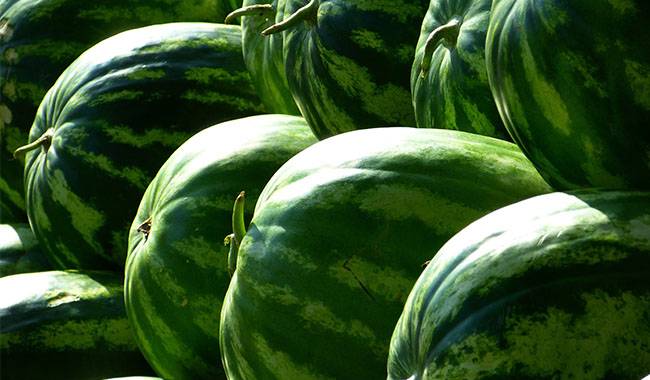
WATERMELON CONSUMPTION AND PROCESSING METHODS
The quality of watermelon depends on a number of factors, but above all on the climatic conditions in which the crop is grown.
Thus, fruits grown in the south have a more dry matter, sugar, and vitamins than those grown in the north. Late ripening varieties and hybrids are considered to be the tastiest – they are the ones with the highest tasting scores.
For most of us, the most common thing to do is to eat fresh watermelon for dessert.
But in reality, it can be eaten as a staple along with bread to prepare for winter in a different way.
“Watermelon honey” is made from watermelon by evaporating the pulp of the ripe fruit into a sticky marshmallow.
Jam is made from the earth’s crust. Preserves are made from large-caliber varieties. Late varieties and hybrids are fermented. Watermelon rind is dried in winter.
Fact! The watermelon of Pepquinos is grown in South America. Its size is impressive: no more than a gooseberry. It tastes like cucumber, so it is used in salads!
WATERMELON SEEDS
Watermelon growing techniques vary slightly depending on the climate. So before you buy seeds, it is best to ask about the best way to grow watermelon in your area.
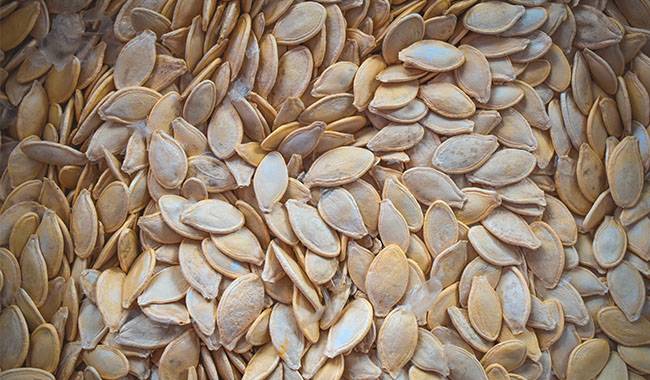
DIRECT SOWING INTO OPEN FIELDS
When choosing a watermelon variety, be sure to use the maturity of the watermelon as a guide. If for the south you can experiment with almost any variety, the more northern it is, the earlier it should be your preferred variety or hybrid.
When considering an application for cultivation, pay attention to its other characteristics – resistance to major diseases and overripening.
Some early varieties and hybrids have the inherent disadvantage of over-ripening. Overripe watermelons can be sugary, causing the flesh to wrinkle.
The place under the plant should be chosen to be open and protected from strong winds and waterlogging – cultivate intolerance of high humidity. The soil of the allotment should be well-tilled, well-lit, and preferably sandy, sandy, and sandy loam as the best choice. Cabbage and beans are considered to be good predecessors of watermelon.
When sowing seeds, it is best to take several years’ worth of seeds – fresh seeds result in strong plants with a low number of fruits.
Since autumn, the bed of watermelon is best prepared in advance: dig it up and add organic matter. In the spring, you can add wood ash.
Fact! Did you forget about the time of ripening of the cultivated varieties? Early ripening watermelons bloom from the axils of the 4th leaf. Medium-ripe ones start from the 15th. 20 of the late ones.
The best way to grow watermelons is directly in the ground. Why? Because watermelons do not tolerate even slight root damage, which is almost unavoidable when seedlings are transplanted to the bed. However, where direct sowing is not possible, we still use seedlings to grow the crop.
When sowing watermelon seeds in a constant place, it is very important to coincide with the date: the ground temperature should reach 15°С (59°F) and the last threat of frost should pass.
The scheme of planting can depend on the potential of the variety: it is the row type: 150x100cm (4.9×3.2foot), 200x150cm (6.56×4.9foot), 300x200cm (9.84×6.56foot);
Or square set type – 70x70cm (2.29×2.29foot), 80x80cm (2.62×2.62foot), 100x100cm (3.2×3.2foot), or even 200x200cm (6.56×6.56foot).
Seeds are sown in the well, a few at a time. After emergence, and then still after developing 3-4 true leaves, thinning is done, leaving the most developed seedlings. If possible on cold nights, cover the watermelon set arch with aluminum foil.
If sowing seedless watermelons, conventional varieties should be planted at a ratio of 3:2.
GROWING WATERMELON SEEDLINGS
For watermelon, seedlings choose containers with a large volume to accelerate the development of the plant: five-liter plastic bottle bottom, 500 mg glass… The seeds are etched, soaked, or hardened and placed in a light nutritional substrate. To accelerate seedling emergence, provide a temperature of 20-25°C (68-77°F).
After germination at slightly cooler temperatures, watering is done at the roots with warm water 15-20°C (59-68°F), infrequently and infrequently so as to moisten the soil ball. Arrange for additional lighting to provide the plants with 12 hours of light days.
As soon as the first pair of true leaves appear, control root rot and peri-root disease with fungicides, as well as growth stimulants to stimulate root formation. Before planting in the ground, fertilize again or treat with a growth regulator.
Watermelon shoots should be transplanted into the ground when they have three to five true leaves. They should be hardened for two weeks before planting. When planting, make sure not to bury the root neck.
Watermelon should be transplanted not only in the short summer but also if there is too much water in the spring.
CARE OF WATERMELON
The fertilization of this crop is a controversial issue. By nature, watermelon is a plant with poor soil and therefore can be grown without additional fertilizer.
However, it is not uncommon for the plants to be fed for the first time with a solution of chicken or cow manure as they begin to form branches. The next – when they start to form ovaries – is a phosphorus and potassium fertilizer.
Do not water the squash too often, under the roots, with warm water. Once the ovaries start to grow, stop watering altogether. The stalks are pruned. Shoots, on which no ovaries are formed, are removed.
If there are few bees on the plot or if it is cloudy, watermelons are hand-pollinated. To do this, the male flowers are torn off their petals and touched to the middle of the pistil of the female flowers, or pollinated with a soft brush or cotton swab.
If not pollinated, the flower ovaries fall off, but if pollinated, they grow. The most vigorous fruit growth occurs in the first three weeks. Watermelons accumulate sugar for 15-20 days. In these conditions, the more water, the longer the ripening process and the more heat – the shorter.
There, where the weather is unstable, in the summer the watermelon is covered. The plant does not like changes in temperature, especially sharp cold spells, and 15°C (59°F) is already stressful for it. The optimal rate is the 25-30°C (86°F) zone.
WATERMELON IN THE GREENHOUSE
In the open fields, this culture has developed even in the middle alleys. But for the Urals and Siberia, it is not available. However, if you really want it, it is possible to get “your own watermelon” from the greenhouse.
Recommend you to read “How to grow watermelon in a greenhouse“
DISEASES OF WATERMELON
One of the most common and difficult to detect watermelon mosaic viruses today is Watermelon Mosaic Virus (WMV) – fruit epidermis becomes patterned, Maro Mosaic Virus (MMV) – leaves wrinkled.
There is also Cucumber Mosaic Virus – wrinkled leaves with downward curling edges, light spots on the leaves, slowed plant growth, poor flowering, yellow-green spots, and dark “warts” on the fruit.
Powdery mildew
The causal fungus is the fungus Erysiphe cichoracearum DC. cucurbitacearum. The disease begins to appear in early summer. It prefers temperature changes and dry air. It appears as a white powdery proliferative spot. Affected leaves turn yellow and wilt.
Pseudomelanosis (Peronosporosis).
The causative agent is the fungus Pseudoperenospora cubensis Rostowz. Angular spots appear on the upper part of the leaves and a grayish-white spore film is formed on the lower spots.
Fusarium disease.
The causative agent is the fungus Fusarium oxysporum Schl. f. Nivea Bile. It enters the plant through the root system, through infected seeds. It can occur throughout the growing season, from nursery to harvest, and during storage. It prefers cool, moist weather.
Symptoms: First the tips of twigs and some leaves wilt, brown streaks form along the stem from the root neck and the plant wilts.
White rot (hard rot).
The causal agent is the fungus Sclerotinia scleotiorum (Lib.) d. caused by Causes rot of the roots and the entire above-ground part of the plant. Symptoms begin with the blackening of the stem and the formation of watery spots on the leaves and fruits. Then, cottony patches appear on the affected tissues, in which fungal sclerotia form.
Ascochyta.
The causative agent is the fungus Ascochyta melonis Pot. manifests itself as whitish or grayish spots with brownish edges, where, over time, dark pupae form. Affected leaves turn yellow and dry out.
Gray rot
The causal fungus is the fungus Botrytis cinerea Pers. The symptoms of the disease are faint brownish-green decay spots on the leaves and fruits, which are eventually covered with dark gray sporangia of the fungus. However, in dry weather, the spots appear as brown dry sores and the necrotic tissue opens and falls off.
Anthracnose (copper blight).
It occurs especially in rainy years in irrigated areas or in low-lying areas where the air is stagnant and humid. The causal agent is Colletotrichum legendarium E. et al. H.
Symptoms: Brown spots with yellow margins appear on the leaves. Affected leaves turn brown and become brittle. On fruits, sunken brown spots are covered with pink spots during wet periods. On the stems, the spots are oblong in shape and coppery red in color.
Watermelon fruit rot
The disease is caused by Pythium prints fungus. Dense white mycelium appears on the fruit and over time can cover the entire surface of the watermelon.
Pests of watermelon
Watermelon, like other crops in the pumpkin family, is affected by more than 50 plant pathogens. Moths, false moths, bud fly larvae, various types of beetles, and mole crickets damage seeds and sprouts.
Melon aphids, spider mites, whiteflies, tobacco thrips, various moths, and caterpillars of the grass worm can be found during vegetation on watermelon. The most dangerous are winter moths, crickets, nematodes, and false nematodes.




